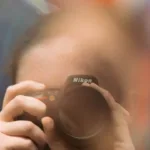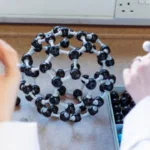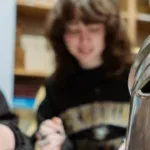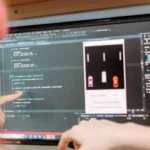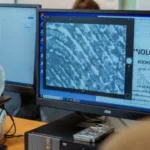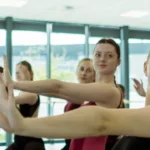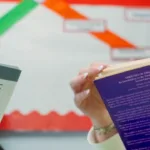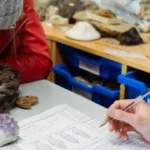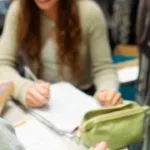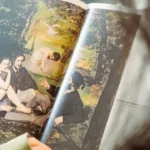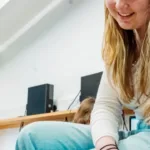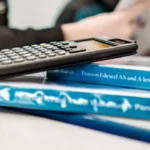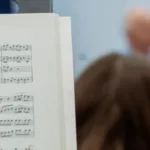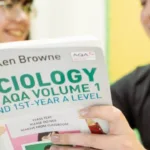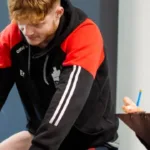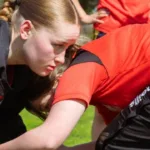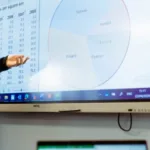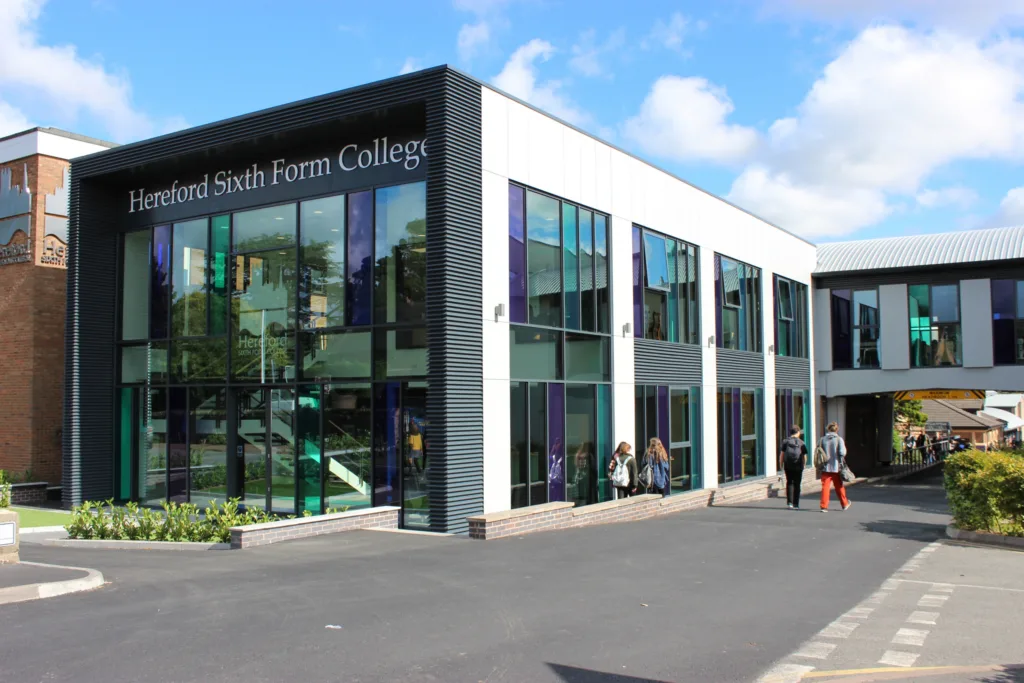
Art & Design (Fine Art)
Students will explore a variety of approaches in a safe, creative and supportive working environment.
Art & Design (Fine Art) A Level
Students will explore a variety of approaches and take risks in a safe, creative and supportive working environment. We cover a range of techniques and processes such as drawing, digital, photographic, and 3D painting, and in some instances stitch and moving image.




What does the course involve?
This is a specialist course in Fine Art completed over two years. While students may initially be interested in the Fine Art endorsement, some may find that their individual strengths and creative interests are better aligned with another OCR A Level Art and Design endorsement such as Graphic Communication, Art, Craft & Design, or Photography.
You will have four lessons each week and, in addition, you are required to do a further four hours homework or independent study and attend specialist workshops.
Topics covered
- Drawing and Painting
- Printmaking
- Mixed Media
- Photography
- Studying Artists from Different Times and Cultures
Resources and facilities
At the start of the course students are required to purchase a Department kit of materials; though the Department will provide most of the materials needed to produce the work.
Support materials are provided.
You are also expected to have access to a digital camera, iPod, iPhone or similar, capable of being used with downloadable apps.
Art, Media and Photography End of Year Show 2024



Assessment
Qualification
A Level
Awarding Body
OCR
Entry Requirements
As a minimum you will need:
- Grade 4 or C in GCSE Art;
- Grade 5 or B in GCSE English.
If GCSE Art has not been taken then you will be required to complete a probationary period or be advised individually based on a portfolio.
Year One
During the first year the emphasis is upon developing practical skills through a series of tutor led foundation projects. This is in preparation for the individual specialist projects in the second year.
Year Two
In the second year, students undertake an assessed coursework project that involves producing both a portfolio of practical work and a related written study. These assessments form 60% of the final A Level grade. This is then followed by an externally set project worth 40% where students undertake a 15 hour practical exam.
Trips
Trips locally, nationally and internationally. Potential residentials to London, Falmouth and beyond.
Career path
Many students progress to art foundation courses at art colleges/universities and then on to a wide range of specialist art degree courses. These include graphics, fine art, illustration, jewellery, printmaking, textiles/surface pattern, photography, fashion, interior design, ceramic design, animation, architecture.



